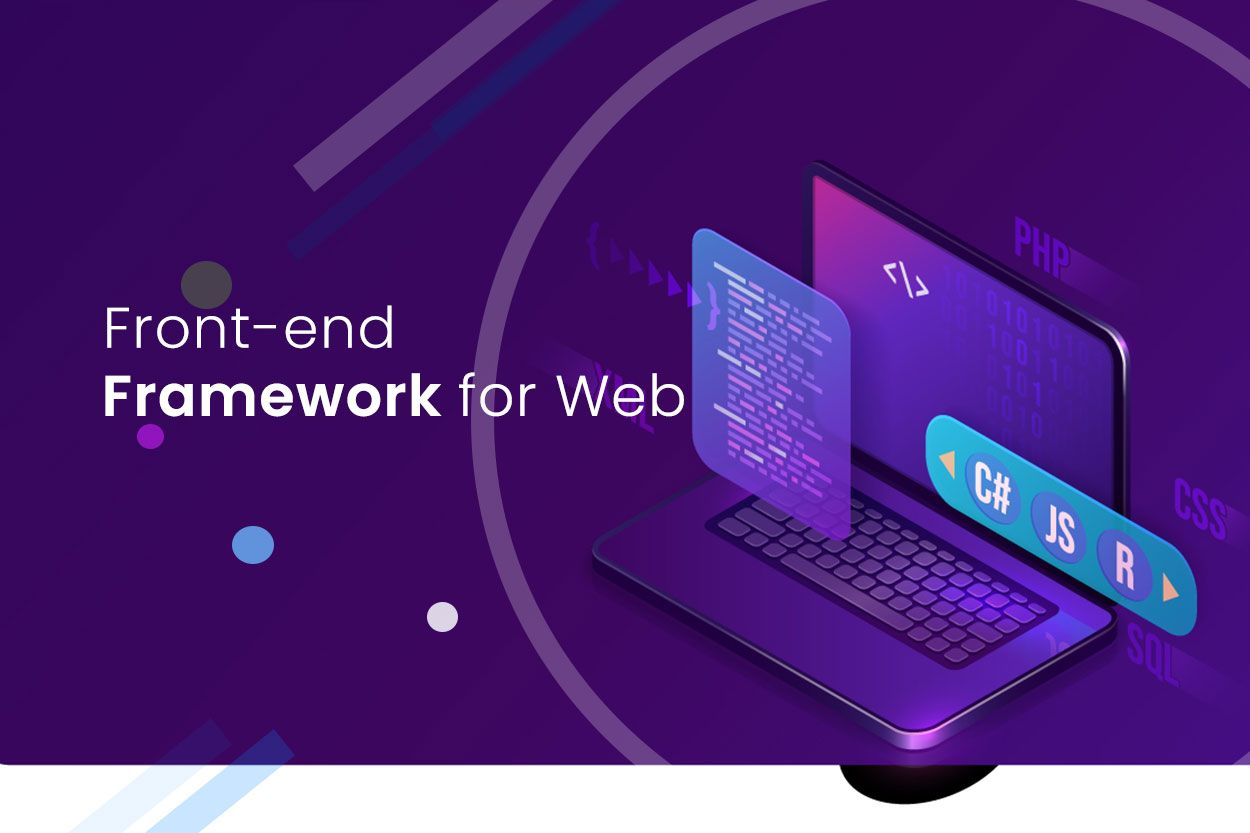


Advances in technology and information bring up conveniences that can help programmers complete a computer system project, mobile app, website, or special software by utilizing a framework developed by the world community and constantly updated.
So a web application (front-end web development) framework can be interpreted as a set of tools, rules, and structures that help developers build responsive, interactive, and attractive user interfaces from the client side. The framework provides functions, components, and development patterns that have been tested, thus speeding up the development process.
The framework enables programmers to work in a more organized and structured manner, ensuring consistency in the development of web applications. Even if multiple programmers are involved, this will help the development process.
For those of you who are still beginners, it is essential to know the things that are taken into consideration before collaborating in the IT field, as well as the importance of 2-way communication and understanding the capabilities and capabilities of a web development company so that the web application to be created as fast and lightweight performance and future development support.
On this opportunity, we will discuss six well-known Front-end Frameworks widely used by a front-end programmer in building a web. If you are a mobile application developer, the following tips will be helpful to read about Frameworks that are often used in building mobile applications.
Here are 6 Frameworks that are most often used when building web applications that need to be known and the advantages of each framework.
ReactJS is a JavaScript framework developed by Facebook. It allows developers to build interactive and dynamic user interfaces. React uses the concept of reusable components and Virtual DOM to optimize performance. This framework is the most popular today, with complete and precise documentation for developers.
What are the Advantages of ReactJS?
There is no doubt why ReactJS still dominates in its use to build large and complex applications or sites. For example, a world company that already uses ReactJS, such as Airbnb, is a famous accommodation and travel website. Besides that, there are Facebook, Instagram, Uber, Netflix, Pinterest, American Express, and many more. Here are some of the advantages of using the ReactJS framework:
AngularJS is a structural javascript framework developed by Google to get a dynamic web app released in 2012.
In its application, AngularJS uses MVC architecture to develop web-based applications. Model refers to a framework, View is HTML syntax, and Controller is JavaScript.
What are the advantages of AngularJS?
Like other frameworks, VueJS is also a Javascript framework for building applications like User Interface and Single Page Application (SPA). VueJs has a function as a View of the Model, View, Controller (MVC) model whose role is to display data to the user.
What are the advantages of VueJS?
Like other frameworks, Backbone.js is a JavaScript framework for developing web apps or other flexible applications with the Javascript programming language.
What are the Advantages of Blackbone.js?
Unlike most frameworks, Svelte Js emphasizes compiling javascript code more concisely and efficiently. That is why the bundled files from Svelte Js are tiny and lightweight compared to ReactJs, VueJs, or others. The data displayed to the user through the browser in Svelte Js will be compiled periodically before being processed in the browser. So not all tasks will be processed in the browser, which is what causes it to be faster and lighter.
What are the Advantages of Svelte Js
Ember.js is a productive and proven JavaScript framework for building modern web applications. It includes everything needed to create interactive user interfaces that can be used on any device.
Ember.js framework is designed with a robust architecture suitable for developing complex web applications. With the features that have been provided, Ember JS is the right choice for building quality and sustainable modern web applications.
What are the Advantages of Ember.js
There are six framework options that front-end programmers most commonly use. Each framework is designed to ease the work of a front-end programmer in building and developing web applications.
Choosing a framework to build a web application depends on the needs and complexity of the web because each framework has its drawbacks. Besides, every programmer cannot master all programming languages and have a specialization.
Please choose one of the frameworks above that will make it easier when creating a new feature or making periodic updates in the future.